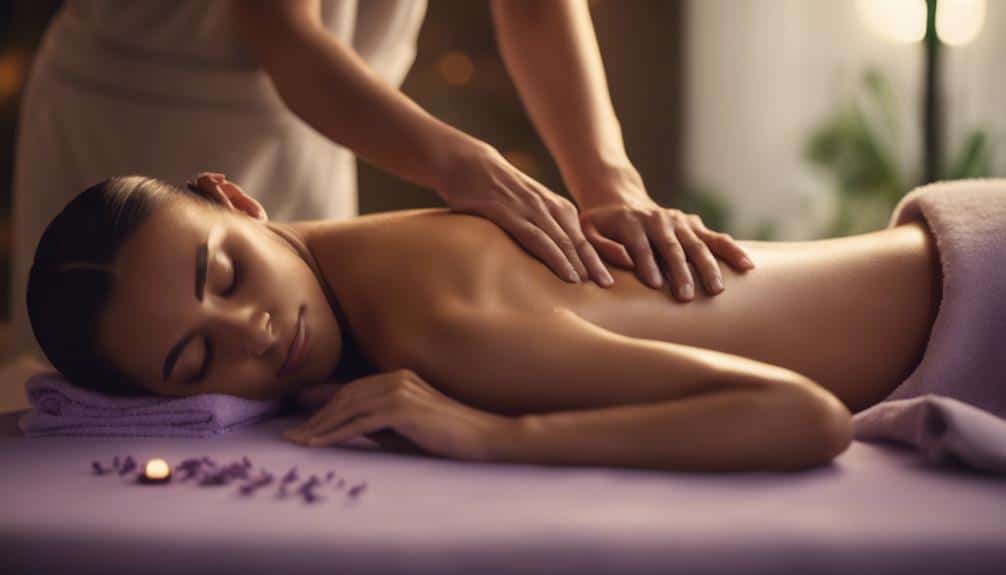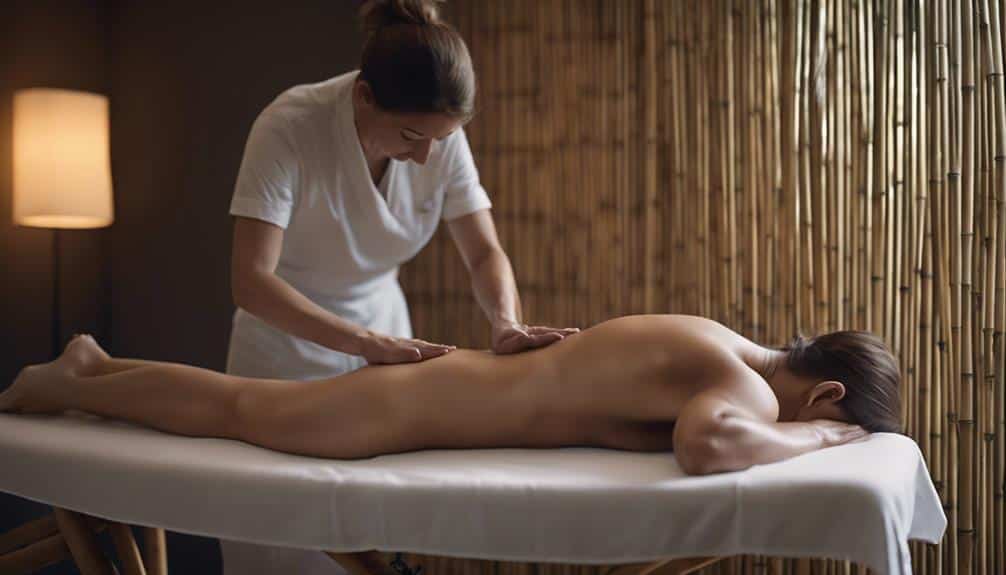Massage therapy is a holistic solution for soothing pain and lifting spirits. Targeted pressure techniques ease muscle tension, boost blood circulation, and stretch stiff tissues, providing deep relaxation. Those plagued by headaches, migraines, or TMJ discomfort experience relief as episodes lessen, jaw function improves, and pain subsides.
People living with Arthritis find comfort in increased joint flexibility and reduced inflammation. Moreover, massage magic enhances mood by dialing down stress hormones like cortisol while boosting happiness hormones such as serotonin and dopamine. Delving deeper into these benefits could unveil new paths to well-being and peace.
Key Takeaways
- Massage therapy reduces pain by targeting muscle tension and enhancing relaxation.
- It alleviates headaches and migraines through specific techniques focusing on trigger points.
- Through lowering cortisol and boosting serotonin and dopamine, massage elevates mood and decreases anxiety.
- Techniques aimed at improving circulation help detoxify and boost energy levels.
- Massage therapy increases flexibility and mobility, preventing injuries and supporting physical wellness.
Relieving Muscle Tension
Addressing muscle tension, massage therapy employs targeted pressure techniques to alleviate discomfort and greatly enhance muscle relaxation. This customized approach to pain relief taps into the body’s natural healing mechanisms by increasing blood circulation and stretching sore tissues. Such methods relax stiff muscles and promote a sense of belonging and care within a therapeutic setting.
Regular massages, mainly focused on tense areas, are crucial in maintaining muscle relaxation and combating chronic pain. Research supports that a 60-minute massage twice a week can markedly improve conditions like neck pain and dysfunction over the long term. Massage therapy stands out as a holistic strategy for individuals seeking relief and a pathway to better physical well-being by fostering an environment of empathy and understanding.
Mitigating Headaches and Migraines
With over 2.7 million Canadians suffering from migraines, the role of massage therapy in mitigating headaches and migraines is increasingly acknowledged as a substantial and non-intrusive treatment option. This approach provides relief and fosters a sense of belonging and understanding among those affected. Recognizing common trigger points and incorporating targeted massage techniques can markedly reduce the frequency and intensity of migraine episodes.
| Trigger Point | Benefit |
|---|---|
| Neck & Shoulders | Reduces muscle tension |
| Scalp | Enhances blood circulation |
| Temples | Alleviates stress & pressure |
Easing TMJ Discomfort

Many individuals experience significant relief from TMJ discomfort through focused massage therapy, which addresses jaw pain and tightness with specific techniques. This tailored approach targets the muscles around the jaw, helping alleviate the tension contributing to TMJ syndrome. By improving circulation and reducing inflammation in the affected area, massage therapy can offer a noninvasive solution to those struggling with the symptoms of TMJ disorders.
For people who often find themselves clenching their jaw or experiencing chronic discomfort, incorporating massage therapy into their wellness routine can be a transformative step towards achieving lasting relief. Through empathetic and expert care, massage therapists provide a supportive environment where patients can find solace and a path to improved jaw function and comfort.
Managing Arthritis Pain
Building on the therapeutic benefits of massage for TMJ discomfort, this approach also offers substantial relief for people grappling with arthritis pain, demonstrating the versatility and effectiveness of massage therapy in managing various conditions. Arthritis, a prevalent issue affecting millions, dramatically impacts the quality of life by limiting mobility and causing discomfort. Massage therapy, with its targeted techniques, plays a vital role in alleviating this pain. Massage offers a minimally invasive, holistic method of pain management by improving circulation and flexibility in the affected joints.
t fosters a sense of belonging among those suffering, providing physical relief and psychological support. Massage therapy’s tailored nature ensures that individuals receive care tailored to their specific needs, making it an invaluable tool in managing arthritis pain and enhancing overall well-being.
Boosting Mood and Happiness

In an increasingly stressful world, massage therapy emerges as a powerful tool to enhance mood and happiness by considerably boosting levels of dopamine and serotonin, the body’s natural feel-good hormones. This holistic approach offers a sanctuary for the mind and body, creating a sense of belonging and well-being that resonates deeply with those seeking refuge from the chaos of daily life.
- Reduces Stress: Markedly lowers cortisol levels, mitigating the body’s stress response.
- Enhances Emotional Well-being: Elevates mood by increasing the production of serotonin and dopamine.
- Promotes Relaxation: Creates a state of deep relaxation, reducing anxiety and fostering a peaceful mind.
- Improves Sleep Quality: Massage therapy can lead to better, more restorative sleep by easing mental stress.
Enhancing Blood Circulation
Massage therapy enhances blood circulation and promotes health and well-being by effectively delivering oxygen and nutrients to tissues and organs. This process is vital for the body’s recovery and maintenance, ensuring each cell receives the essential elements needed for peak function. Through targeted techniques, massage therapy aids in the removal of toxins from the body, facilitating a natural detoxification process that can lead to improved energy levels and a more robust immune system.
For individuals seeking a holistic approach to health, understanding the importance of good circulation is paramount. Massage therapy offers a path to relaxation and is crucial in maintaining the body’s vitality, demonstrating its indispensable value in a holistic wellness regimen.
Increasing Flexibility and Mobility

Massage therapy’s role in increasing flexibility and mobility cannot be overstated, as it effectively addresses the body’s stiffness and enhances movement through targeted techniques. This therapeutic approach empowers people to engage in their physical wellness journey by fostering a sense of belonging. Key benefits include:
- Promotion of Muscle Elasticity: Massage therapy stretches and elongates muscles, increasing flexibility.
- Enhancement of Joint Range of Motion: Massage improves joint mobility by manipulating soft tissues, making daily activities easier.
- Reduction in Muscle Soreness: Regular sessions help alleviate the soreness that can restrict movement, facilitating a quicker return to physical activities.
- Prevention of Injuries: Massage therapy can prevent injuries related to stiffness and overuse by maintaining muscle flexibility and joint mobility.
This holistic approach underscores the importance of integrative care in enhancing physical movement and quality of life.
Reducing Stress and Anxiety
Frequently overlooked, the power of massage therapy extends beyond physical relief, offering a significant reduction in stress and anxiety by promoting the release of mood-enhancing hormones. This holistic approach taps into the body’s innate healing mechanisms, encouraging a serene mind and a harmonious body. Massage therapy cultivates an environment within the body that fosters calm and well-being by lowering cortisol levels, the primary hormone associated with stress.
The elevation of dopamine and serotonin further enriches this tranquil state, directly combating the physical symptoms of stress and anxiety, such as muscle tension. This gentle, nurturing intervention invites people into a space of profound relaxation, where they can find respite from the tumultuous waves of modern life. It fosters a sense of belonging and peace within the community of those seeking solace and healing.
Frequently Asked Questions
How does “massage magic” work to alleviate pain and boost mood?
Massage therapy, while primarily recognized for relieving muscle tension and enhancing mood, can also alleviate digestive issues through techniques that promote the relaxation of abdominal muscles and improve gastrointestinal tract function.
Is Massage Safe for Pregnant Women?
Massage therapy, when administered by a qualified professional, can be safe and beneficial for pregnant women, offering relief from discomfort and stress. However, it’s essential to consult a healthcare provider before beginning treatment.
How Often Should I Get a Massage for Chronic Conditions?
The frequency of massage therapy should be tailored to manage chronic conditions. A 60-minute session twice a week is often suggested. This regimen aids in muscle relaxation and long-term improvement in pain and dysfunction.
Are There Any Risks Associated With Massage Therapy?
While massage therapy offers numerous benefits, potential risks include temporary discomfort, bruising, or swelling. It’s crucial to consult with a healthcare professional to guarantee safety and appropriateness, especially for people with certain medical conditions.
Can Massage Therapy Aid in Sleep Improvement?
Massage therapy can improve sleep by promoting relaxation, reducing stress hormones, and alleviating muscle tension. Collectively, these actions contribute to a more restful and deeper sleep, enhancing overall well-being and daily functioning.
Conclusion
Massage therapy is a medical treatment that provides various physical and mental health benefits. Regular massage sessions can reduce stress levels, improve sleep quality, and enhance immune function. Massage therapy can also improve circulation and lymphatic drainage, reduce muscle soreness, and increase range of motion.
It can also help relieve chronic pain and improve muscle performance.
Massage techniques vary, but they all involve a soothing and healing touch. Swedish massages use gentle pressure to promote relaxation and improve blood flow, whereas deep tissue massages target tight muscles and knots of stress. Lymphatic drainage massages can improve immune responses by increasing lymph flow and white blood cells.
Several massage machines with accessories can provide a therapeutic experience in the comfort of your home.
Professional massage therapists use a massage table or chair to help clients achieve a state of deep relaxation. The therapeutic experience can provide a sense of tranquility and profound relaxation. Regular sessions can help relieve neck and joint pain and other health conditions.

